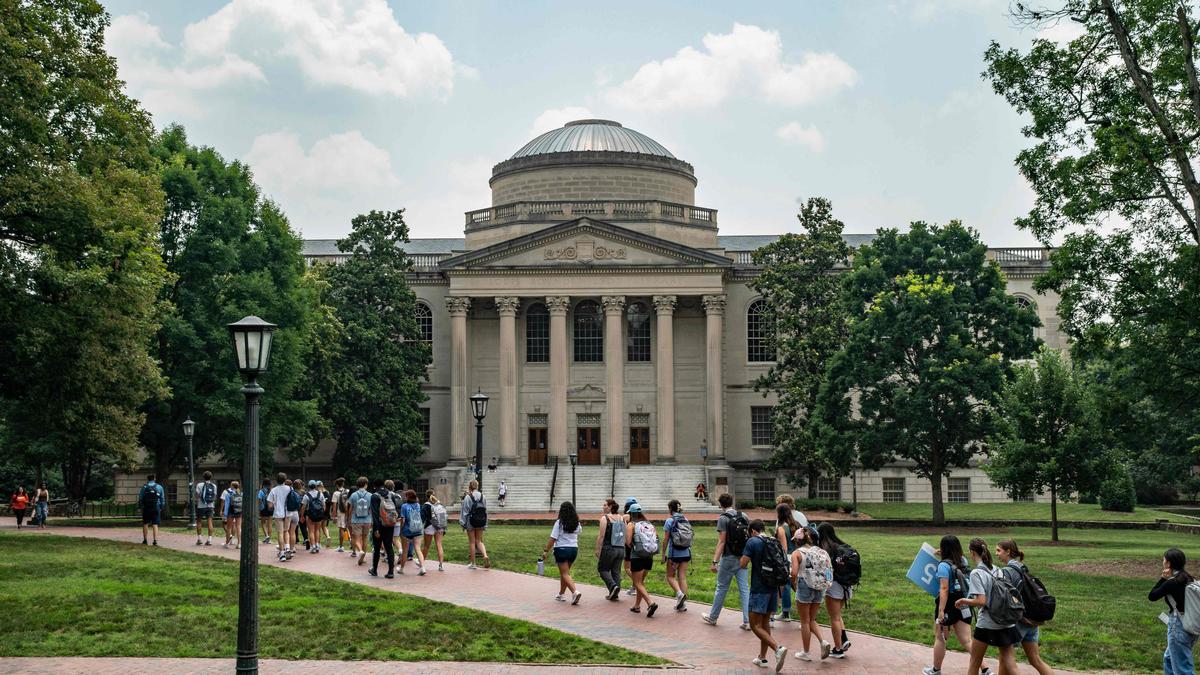
Explained | What the U.S. Supreme Court's ruling on affirmative action means for colleges Premium
The Hindu
The U.S. Supreme Court has struck down race-conscious policies in college admissions. Here’s an explanation of the policies commonly known as affirmative action, their history and the possible consequences of the court’s decision
The U.S. Supreme Court on June 29 struck down race-conscious policies in college admissions, ending decades of precedent that had allowed schools nationwide to use such programs to increase the diversity of their student bodies.
Here is an explanation of the policies commonly known as affirmative action, their history and the possible consequences of the court's decision.
In the context of higher education, affirmative action typically refers to admissions policies aimed at increasing the number of Black, Hispanic and other minority students on campus.
Colleges and universities that take race into consideration have said they do so as part of a holistic approach that reviews every aspect of an application, including grades, test scores and extracurricular activities.
The goal of race-conscious admissions policies is to increase student diversity in order to enhance the educational experience for all students. Schools also employ recruitment programs and scholarship opportunities intended to boost diversity, but the Supreme Court litigation was focused on admissions.
While many schools do not disclose details about their admissions processes, taking race into account is more common among selective schools that turn down most of their applicants.
In a 2019 survey by the National Association for College Admission Counseling, about a quarter of schools said race had a "considerable" or "moderate" influence on admissions, while more than half reported that race played no role whatsoever.

The 29th edition of the Conference of Parties (COP29), held at Baku in Azerbaijan, is arguably the most important of the United Nations’ climate conferences. It was supposed to conclude on November 22, after nearly 11 days of negotiations and the whole purpose was for the world to take a collective step forward in addressing rising carbon emissions.










